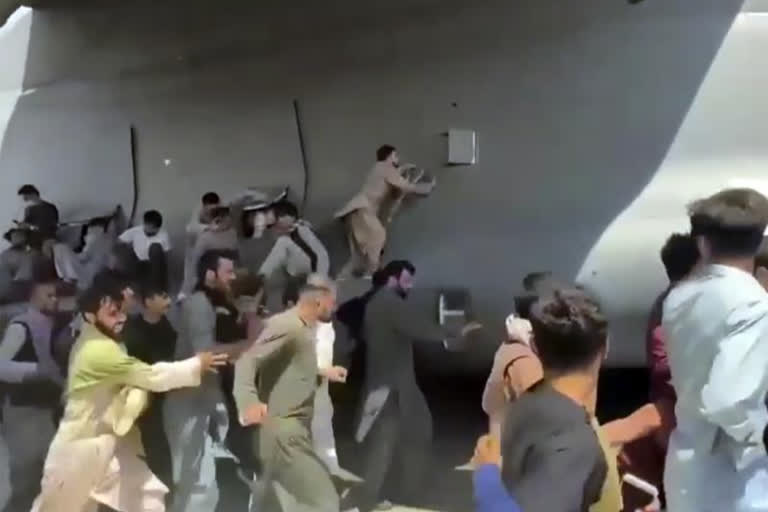Washington:At just short of 20 years, the now-ending US combat mission in Afghanistan was America's longest war. Ordinary Americans tended to forget about it, and it received measurably less oversight from Congress than the Vietnam War did. But its death toll is in the many tens of thousands. And because the US borrowed most of the money to pay for it, generations of Americans will be burdened by the cost of paying it off.
Here's a look at the US-led war in Afghanistan, by the numbers, as the Taliban in a lightning offensive take over much of the country before the United States' August 31 deadline for ending its combat role and as the US speeds up American and Afghan evacuations. Much of the data below is from Linda Bilmes of Harvard University's Kennedy School and from the Brown University Costs of War project. Because the United States between 2003 and 2011 fought the Afghanistan and Iraq wars simultaneously, and many American troops served tours in both wars, some figures as noted cover both post-9/11 US wars.
THE LONGEST WAR:
Percentage of US population born since the 2001 attacks plotted by al-Qaida leaders who were sheltering in Afghanistan: Roughly one out of every four.
THE HUMAN COST:
American service members killed in Afghanistan through April: 2,448
US contractors: 3,846
Afghan national military and police: 66,000.
Other allied service members, including from other NATO member states: 1,144
Afghan civilians: 47,245.
Taliban and other opposition fighters: 51,191
Aid workers: 444
Journalists: 72
AFGHANISTAN AFTER NEARLY 20 YEARS OF US OCCUPATION:
Percentage drop in infant mortality rate since US, Afghan and other allied forces overthrew the Taliban government, which had sought to restrict women and girls to the home: About 50
Percentage of Afghan teenage girls able to read today: 37
OVERSIGHT BY CONGRESS:
Date Congress authorized US forces to go after culprits in Sept. 11, 2001, attacks: Sept. 18, 2001
